
Fire as the Essential Tool: Remembering to Celebrate Success
Looking at the Washburn Fire, there have been dozens of iterations of prescribed burning, thinning, and pile burning around the Mariposa Grove of Giant Sequoias and the nearby community of Wawona. In addition, the park has since the 1970’s had a program of allowing some lightning caused fires to burn. Both the human community of homes and infrastructure that comprise Wawona and the natural community of giant sequoias have benefitted from a single program of work – return fire to the extent possible to fire-dependent and fire-adapted landscapes.

FUSEE welcomes new crew members
Thanks to generous donors and the shifting cultural fire attitude around fire, the FUSEE crew is growing! We have recently welcomed more torchbearers for the new fire paradigm - an Administrative Director and two summer interns.

We Owe the Forests Good Fire
People owe the forests and wildlife restoration. We owe the natural world the best of our knowledge to restore the land to a resilient state that will support the maximum populations of diverse plants and animals and give generations of people beautiful places to find solitude, beauty, knowledge, adventure, recreation and spiritual sustenance.
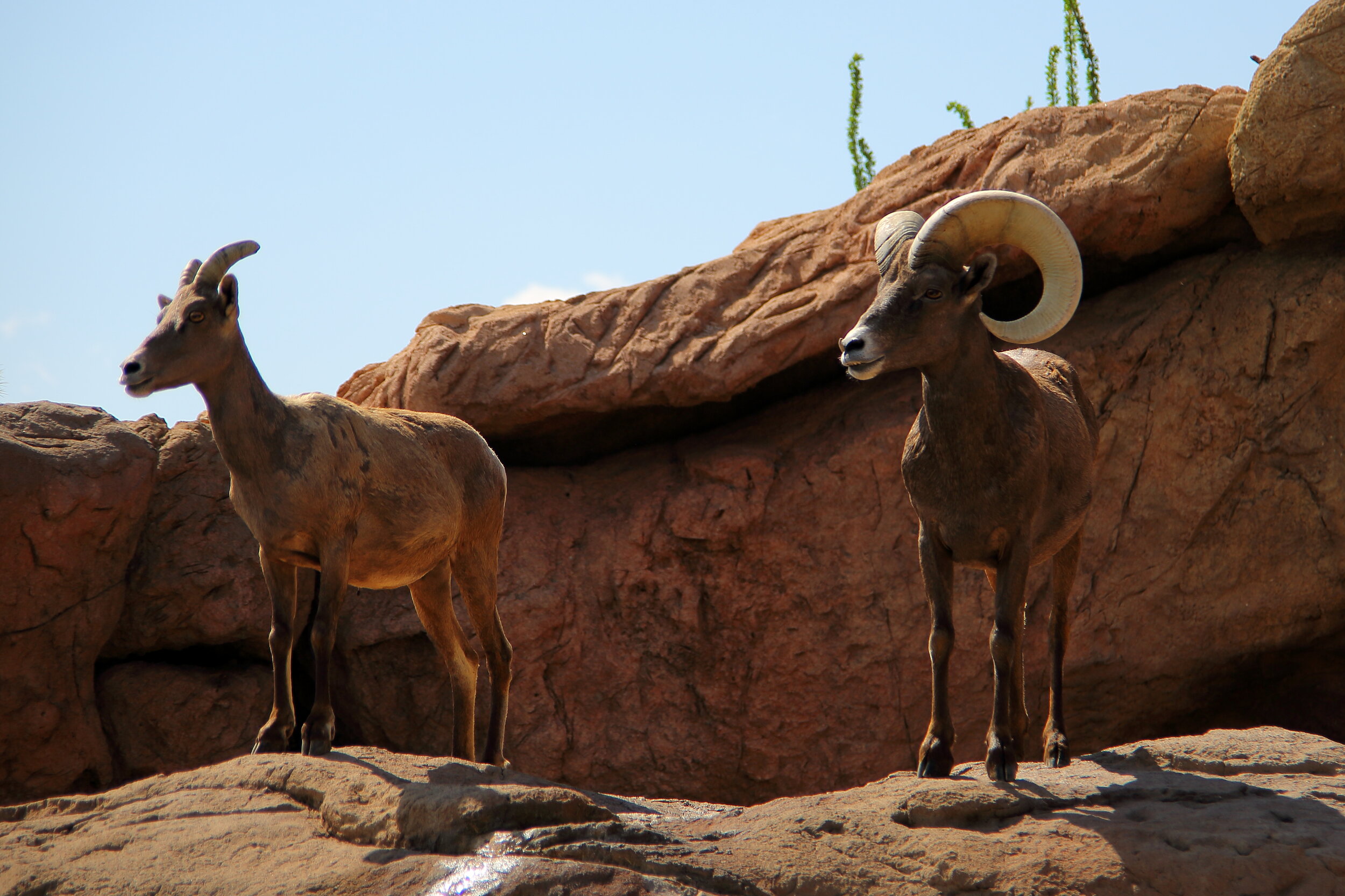
BIGHORN FIRE: A Big Fire Management Success
Managing wildfires with ecological fire use in the age of Covid-19

Safety is more than a 5-minute talk. Keep close contact with your community too.
Despite worsening drought, longer seasons, increasing job vacancies, and increasing fire behavior it always seemed that tragedy could never hit me or anyone close to me. We are too smart. Too tough. We pay attention. We know what we are doing. Well, turns out that there are a lot of things out of our control.

Wildfire Guidelines for Archaeologists (USFS)
This document briefly synthesizes some of the technical information available on the effects of fire on cultural resources. This synthesis should assist cultural resource specialists with their contributions to fire management planning, compliance for prescribed fire projects, and participation in wildland fire use or wildfire events.

Labor Day Fire Analysis
In September 2020, Oregon experienced the most extreme wildfire event in the state’s history. In a matter of days, the "Labor Day Fires" ripped across vast swaths of public and private forestland on the westside of Oregon’s Cascade Mountains—a region that rarely sees widespread fire activity. Thousands of homes were lost, numerous people died, and over 10% of Oregon’s population was placed on some level of evacuation notice. Now that the smoke has cleared, researchers from around the region have begun to study the event to draw lessons about wildfire behavior under extreme weather events. Our team initiated this research project in November 2020 to drill into the following question: How do fuel conditions (and associated forest practices) influence wildfire behavior during extreme weather events?

Good Fire: Current Barriers to the Expansion of Cultural Burning and Prescribed Fire in California and Recommended Solutions
In 2020, over four percent of California burned in wildfire. Over 30 people lost their lives in the fires; experts estimate an additional 3,000 premature deaths may have resulted from wildfire smoke. Property damage is expected to top $10 billion.
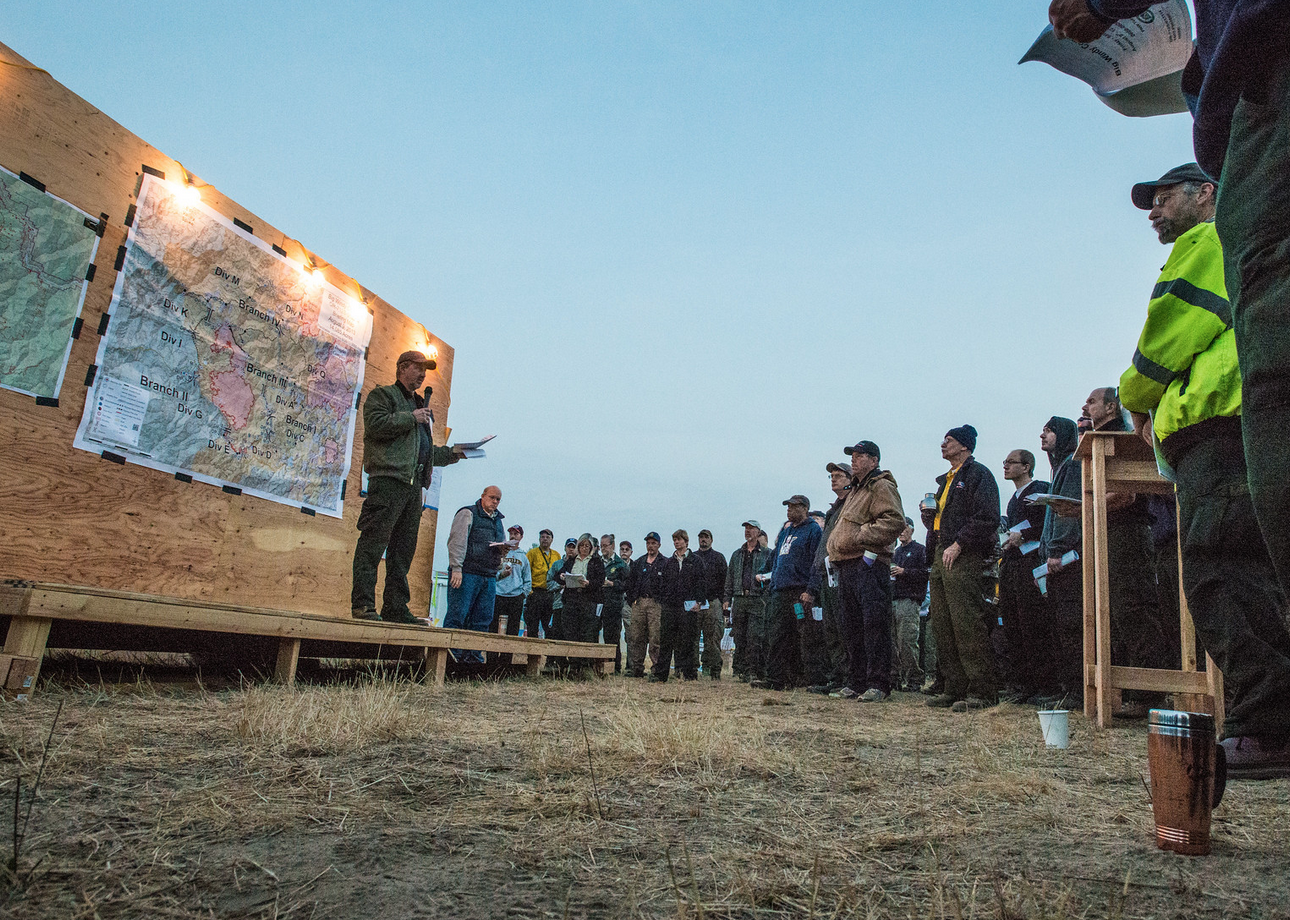
Leadership in Forest Management
Leadership. It's a simple word that can be as complex as an August lightning bust. Its principles are beaten into individuals and organizations, but they're only as useful as the person who cares enough to think about how to apply them.
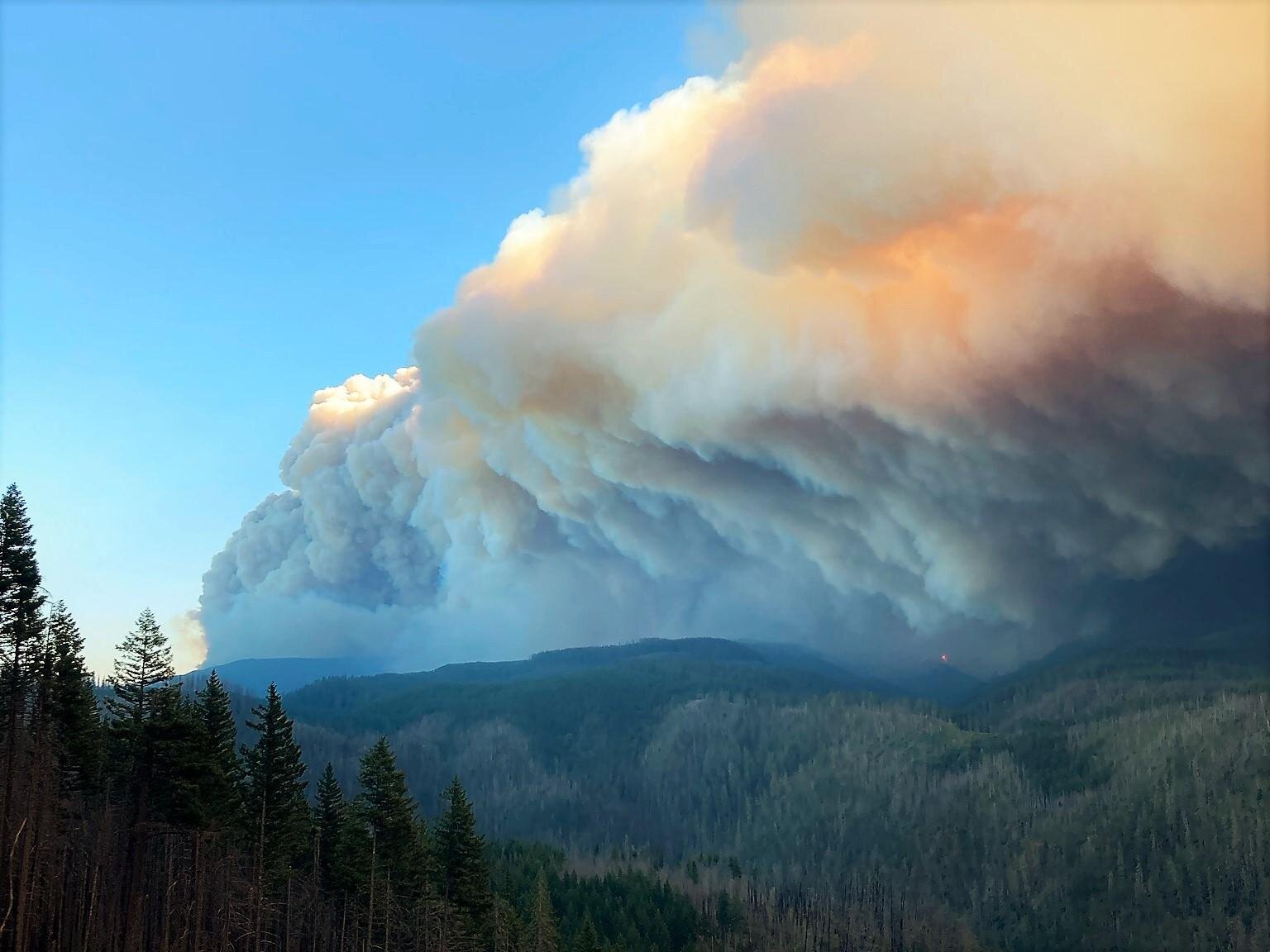

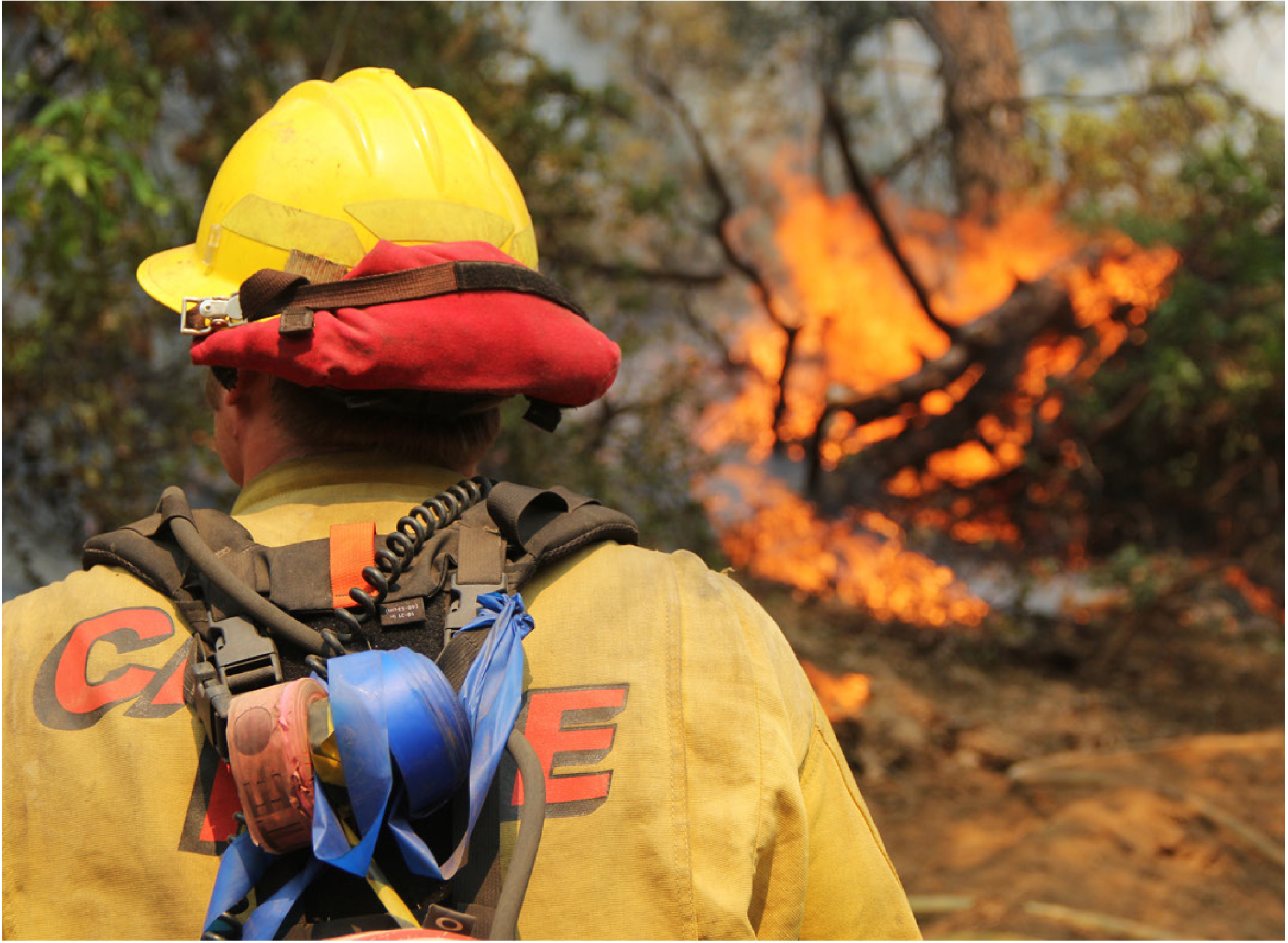
FireWatch Part 4: A Guide to Online Wildfire Information Gathering of CalFire Incidents
Learn how to monitor CALFIRE suppression operations to document its costly and destructive firefighting actions on private and state lands.

Forest Wisdom Found At The Golf Course?
It was a little rich having Donald Trump and Mike Pence coming in from New York and Indiana to tell California’s governor and state scientists that they need to “manage forests” to confront unprecedented wildfire. For those of us deeply involved in fire and land management on federal lands in the West, their know-it-all scolding was laughable, condescending, ignorant and mildly insulting.

In Oregon’s 2020 fires, highly managed forests burned the most
This record-breaking fire season has re-ignited discussions about causes of severe fires. One long-standing narrative is that fire suppression has resulted in ‘overgrown’ forests that fuel larger and more intense fires than occur under more intense management (the “fuels narrative”). This narrative, promoted by timber interests and the president, among others, is irrelevant within the context of Oregon's major western Cascades fires.
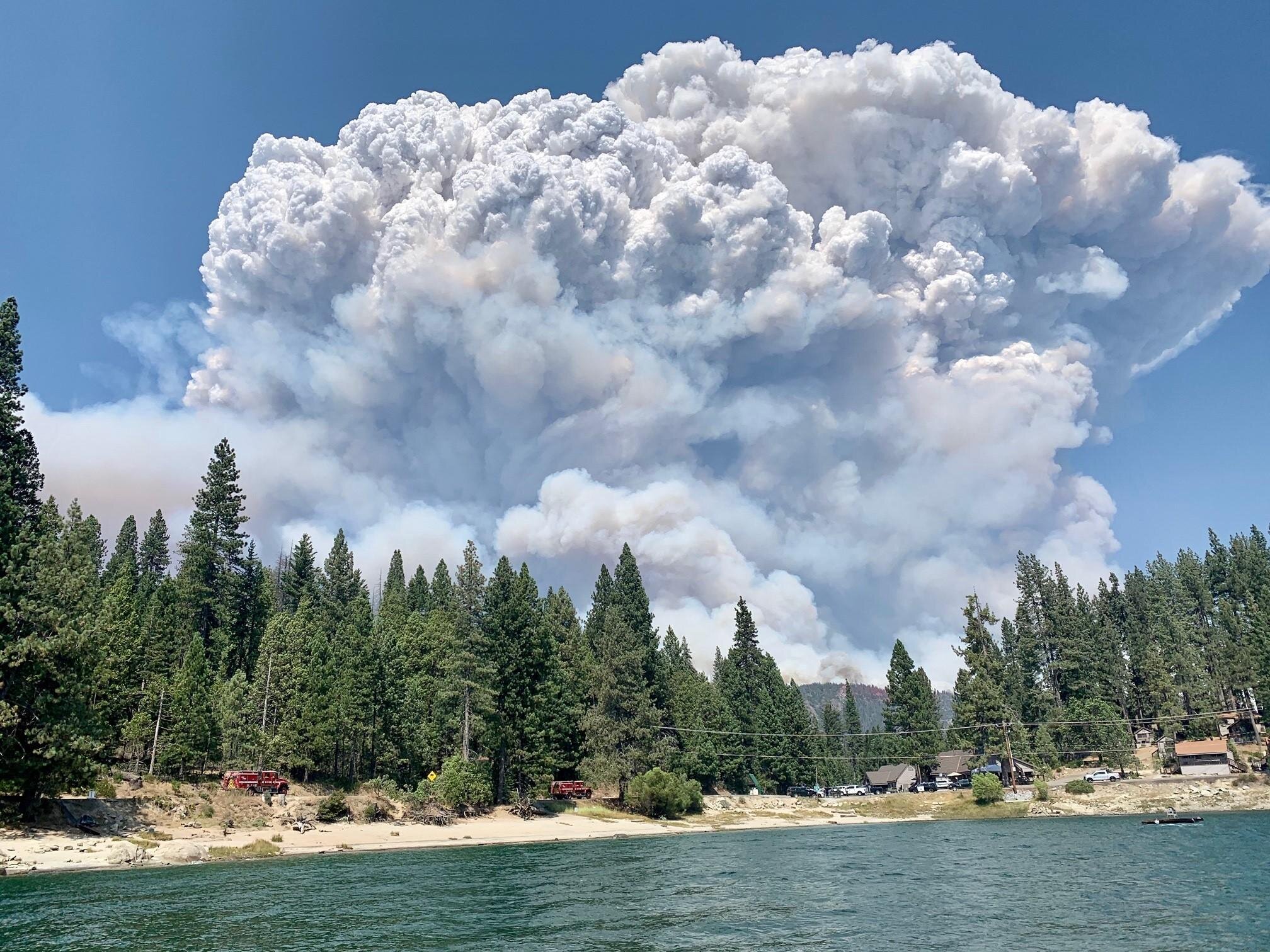
America’s Black Tuesday
“This could be the greatest loss of life and structures… in state history.”

Watch Out Situation: Disastrous Suppression Spending From Wildfire Disaster Funding
We must stop disastrous suppression overspending that is certainly not preventing wildfire disasters. Strategic investments in fire planning, fuels management, and community preparedness are the way to wisely use limited taxpayer dollars.
